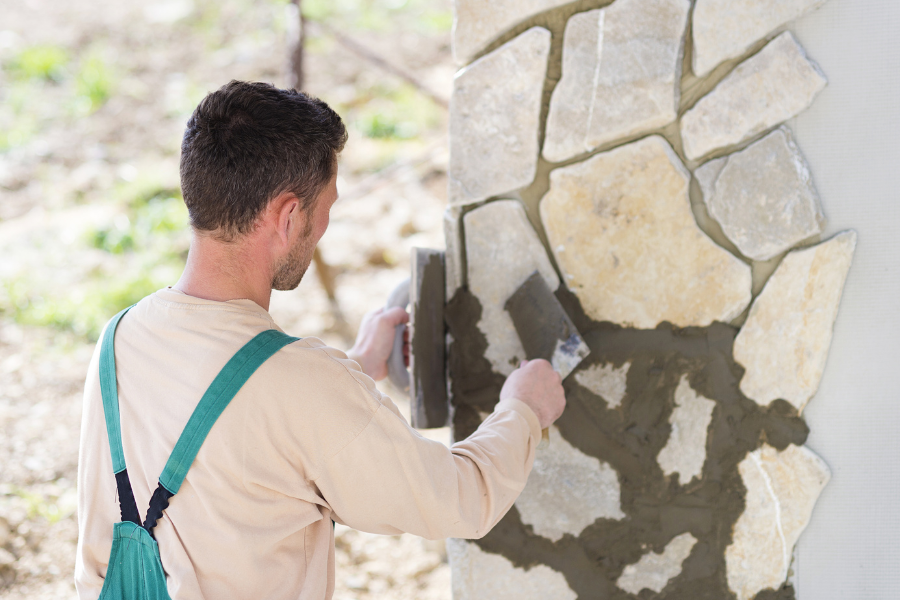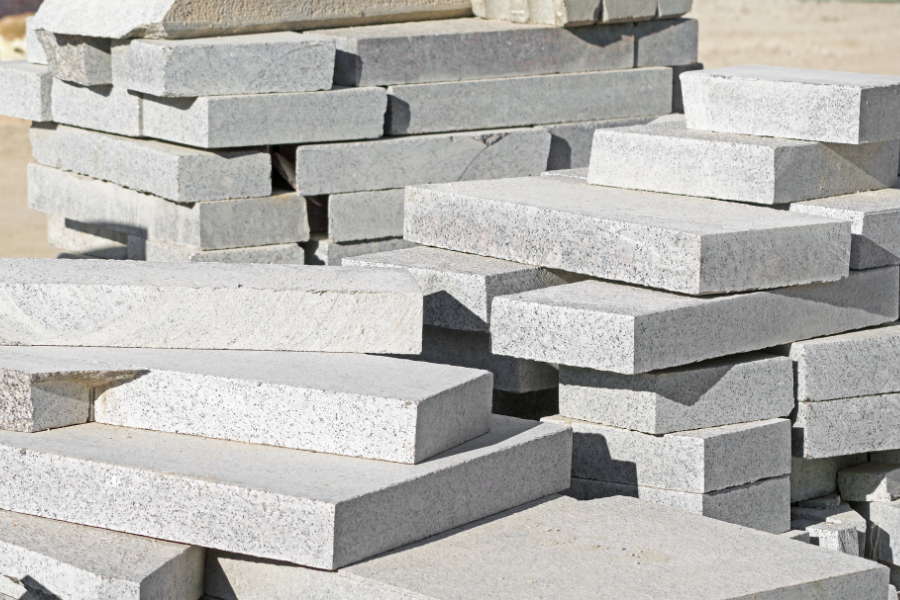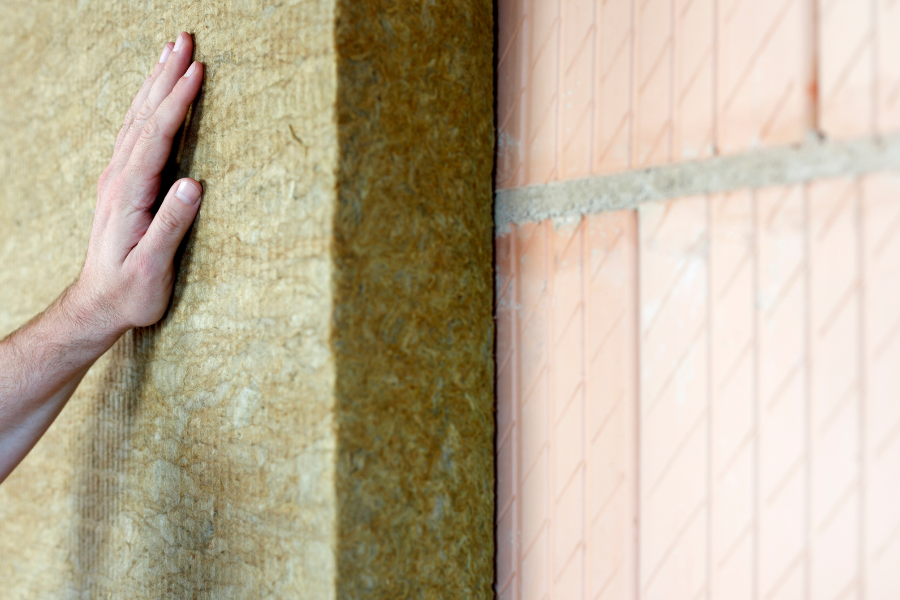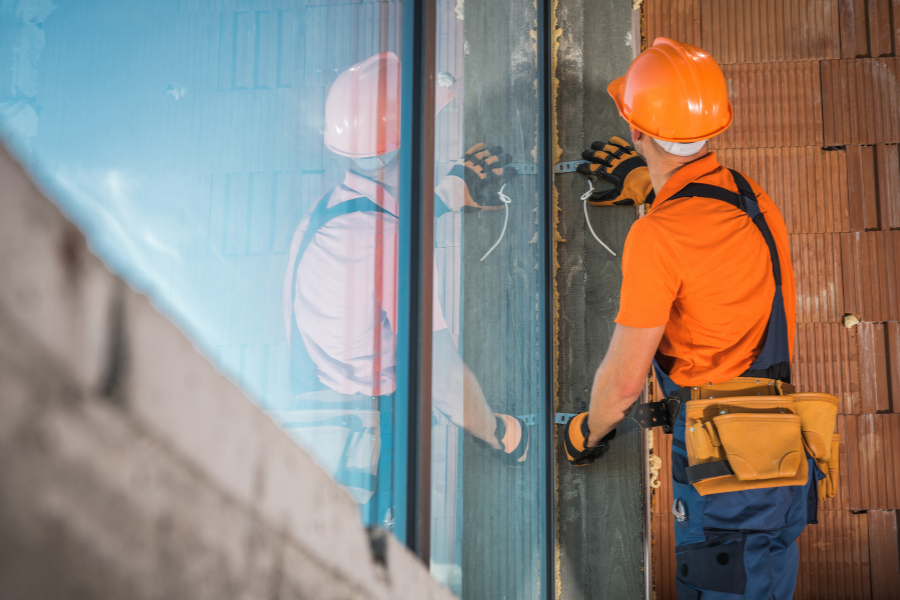Understanding Composite Masonry

Composite masonry is a modern building method that integrates different types of materials to form structures that benefit from the unique properties of each component.
This technique improves the strength, appearance, and functionality of masonry work, enabling the construction of adaptable and long-lasting buildings. Let’s discover some of the basics of composite masonry, its advantages, types, and real-world uses.
What is Composite Masonry?
Composite masonry is a construction technique in which masonry components are joined together using mortar, which is commonly a mixture of cement, sand, and water. Sometimes the mortar contains additives like as air-entrainment agents to increase durability and make the entire process easier. Masonry units can be manufactured from brick, stone, or concrete. This style of masonry is sometimes known as “conventional masonry” or “mortared masonry.”ㅤ
This construction method dates back to ancient times, with roots in the Roman Empire, and is still one of the most popular types of masonry today. Composite masonry performs effectively in both load-bearing and non-load-bearing applications. Load-bearing applications typically comprise structural walls and columns, whereas non-load-bearing uses include partitions, facades, and cladding.
Composite masonry provides several advantages: it’s durable, fire-resistant, and offers effective thermal and sound insulation. Additionally, it’s adaptable to various architectural styles and relatively straightforward to construct. The main issue with composite masonry is that it can be costly, and there’s ongoing maintenance in order to keep it in top condition.
Different Types of Composite Masonry
There are quite few types of composite masonry, here are some that are most commonly used today:
Stone Composite Masonry
Composite stone masonry typically combines ashlar and rubble masonry. Rubble masonry is cost-effective, while ashlar masonry adds an attractive finish.
In this method, rubble masonry serves as the wall’s backing, with ashlar masonry on the exterior for a polished appearance. To ensure both the facing and backing act as a single unit, the whole process needs to be done very carefully.
Brick Stone Composite Masonry
Bricks and stone can be combined in composite masonry in three primary forms:
Brick-Backed Ashlar Masonry
Brick-backed ashlar masonry features ashlar stone on the exterior, which may be rough-tooled for texture. Cement mortar is recommended for this construction, and bricks should be laid in a proper bond. For optimal alignment, the ashlar’s height should ideally match a multiple of the brick thickness plus mortar joints, creating a consistent coursed look.
Brick-Backed Stone Slab Masonry
This building style uses stone tiles on the facing and a backing put in courses using correct bonding processes. It’s a common technique, particularly when employing marble stone tiles. If huge stone slabs are used, they are neatly finished and organized in large panels. Metal clamps are frequently secured to the wall’s front and backing stonework to add an added degree of security.
Brick-Backed Brick Masonry
This construction method, rubble-backed brick masonry, is often used where rubble stone is abundant but ashlar is not. In this case, the wall’s facing is built with bricks laid in regular courses. Each alternate brick course includes a quoin header for added stability.
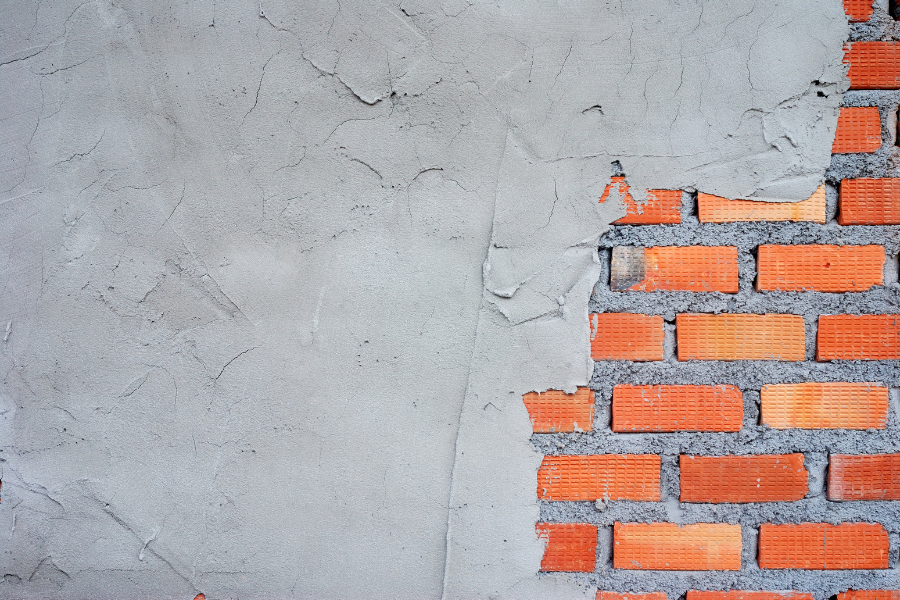
Brick and Insulating Material Composite
For improved thermal insulation, foam boards or other insulating materials can be placed between layers of brick. This setup creates a barrier that significantly reduces heat transfer, making the walls both energy-efficient and structurally sound. Meaning that this masonry technique is a versatile choice for both residential and commercial construction.
Glass Block Masonry
Glass blocks have become popular in modern construction. Similar to concrete blocks, glass blocks are currently produced in square and rectangular shapes, which restricts their use to straight vertical walls and right-angled corners.
The manufacturing process begins by forming two separate glass pieces, which are then joined together while still warm. These pieces are pressed in a two-piece mold and slowly cooled, or annealed, to relieve thermal stresses. This gradual cooling process ensures that the final product is thermally stable, making glass blocks durable and suitable for various architectural applications.
How is Composite Masonry Constructed?
Masonry involves creating structures from individual units, which are usually laid and joined together with mortar. The walls are generally constructed using one of three methods: solid, cavity, or composite. In solid masonry, identical units are laid with their longest dimension running perpendicular to the wall, forming a strong but costly and labor-intensive structure.
Cavity walls consist of two layers of masonry units with a gap in between, which is typically filled with insulation. This method is more affordable than solid masonry and offers better thermal insulation, though it’s not as strong. ㅤ
Composite masonry walls, on the other hand, feature an inner layer of masonry units with an exterior brick layer. This approach is both cost-effective and durable, offering strength and insulation properties that make it a practical choice for various building projects.
What Is a Composite Wall?
Composite masonry walls are built using two or more types of materials, such as stone, bricks, or hollow bricks, to achieve a balance between aesthetic appeal and cost-effectiveness. In this construction, two layers of masonry units are bonded together, forming a unified structure that combines the unique strengths and visual qualities of each material. This approach not only enhances the appearance of the wall but also contributes to its overall durability.
Types of Composite Walls
- Brick
- Brick-Backed Ashlar
- Brick-Backed Stone Slab
Considerations When Working With Composite Masonry
Masonry has been a trusted building method for centuries due to its strength and longevity. When using composite masonry, however, specific considerations are necessary to ensure durability and effectiveness.
Composite masonry incorporates various materials, such as brick, stone, concrete, and mortar. This blend requires the masonry to bond well across different materials and to handle expansion and contraction due to temperature shifts without cracking.
It’s also important to properly seal the composite masonry as it helps guarding against water infiltration and improves fire resistance. Always make sure that the masonry is set up correctly, reducing the potential for future issues.
Get your Masonry Project completed with GTA Masonry for dreamy results you wont be able to stop admiring.



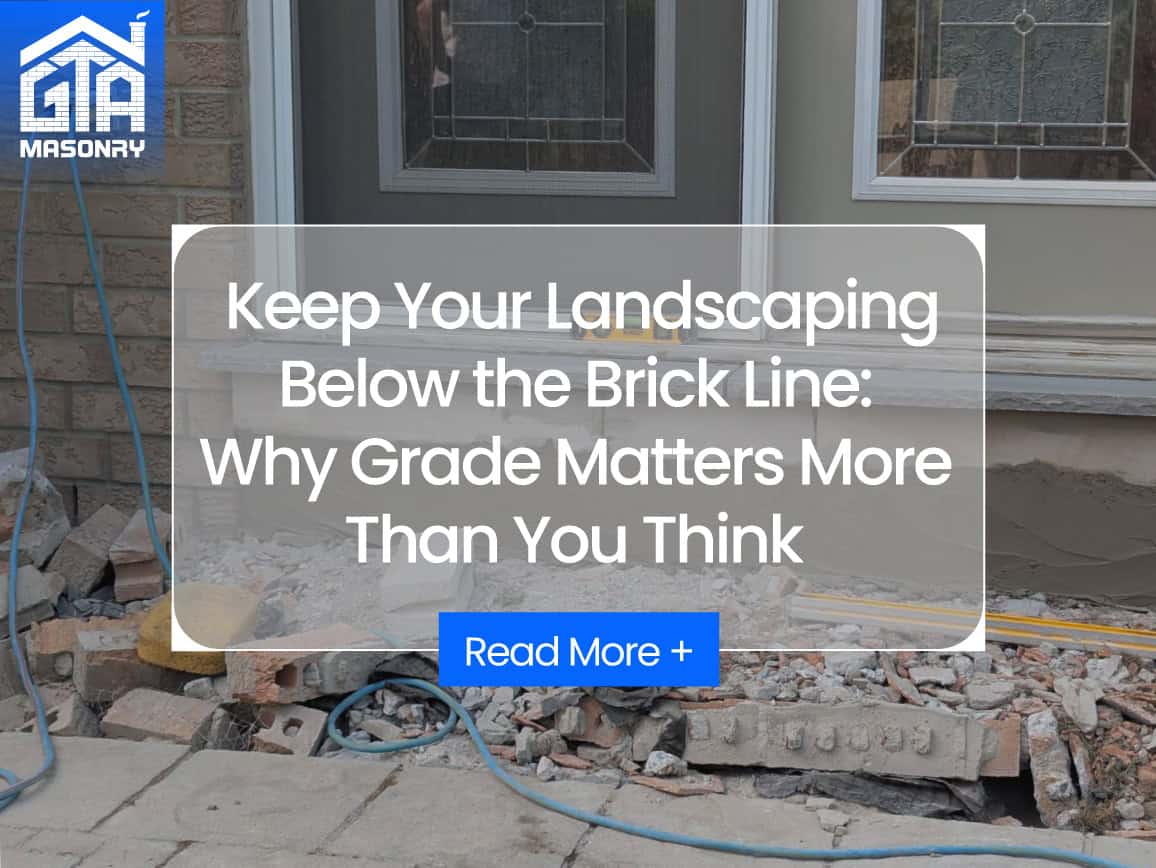


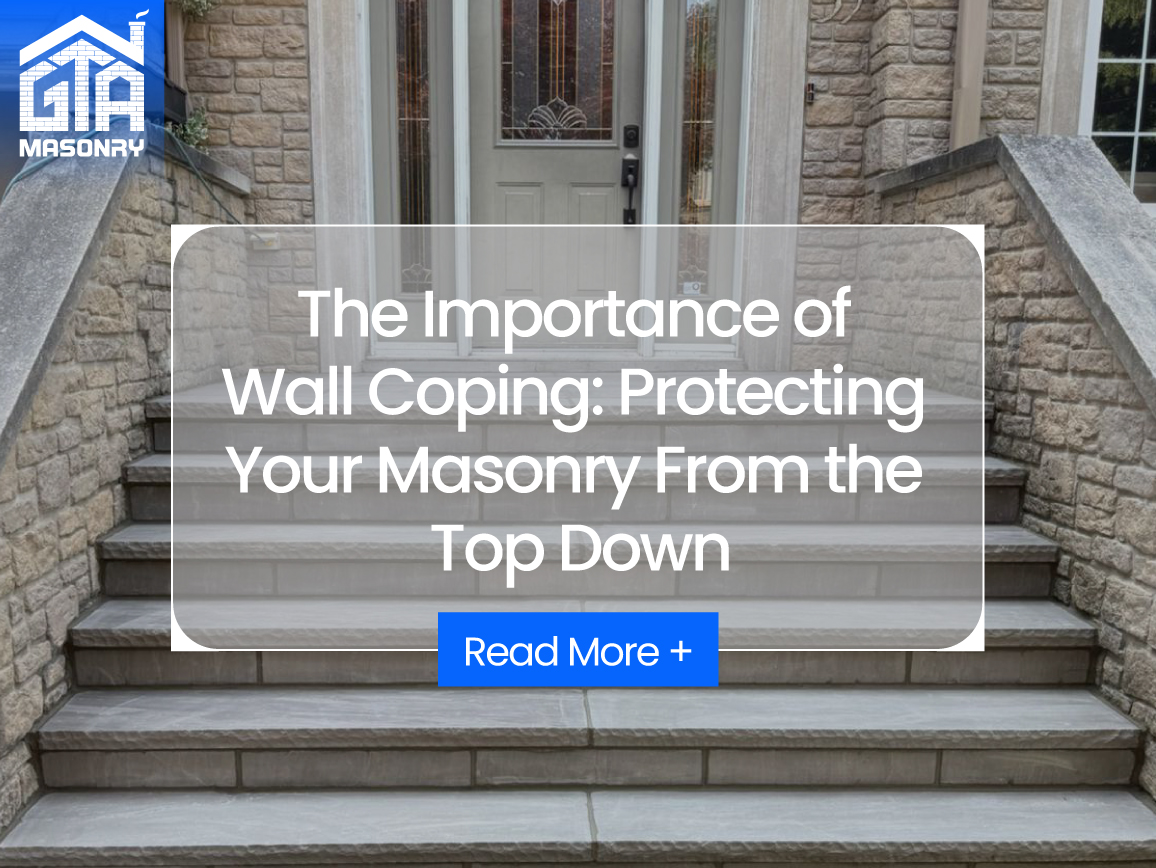
Hours of Operation
Monday - Sunday
8:00 AM - 8:00 PM

